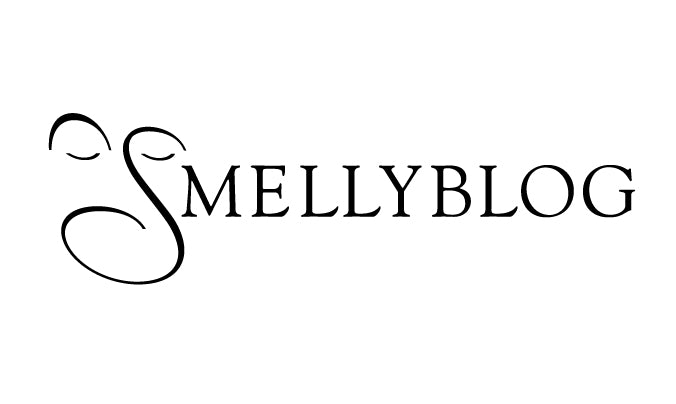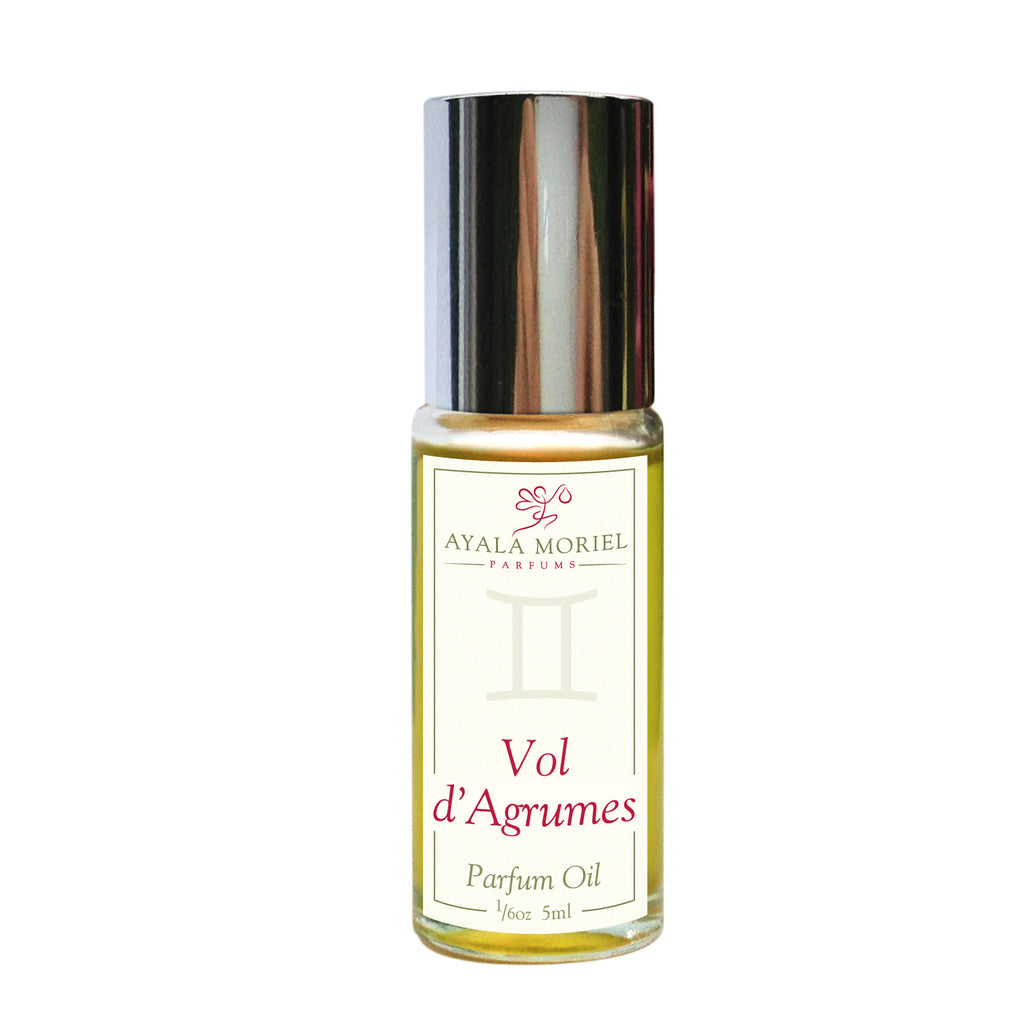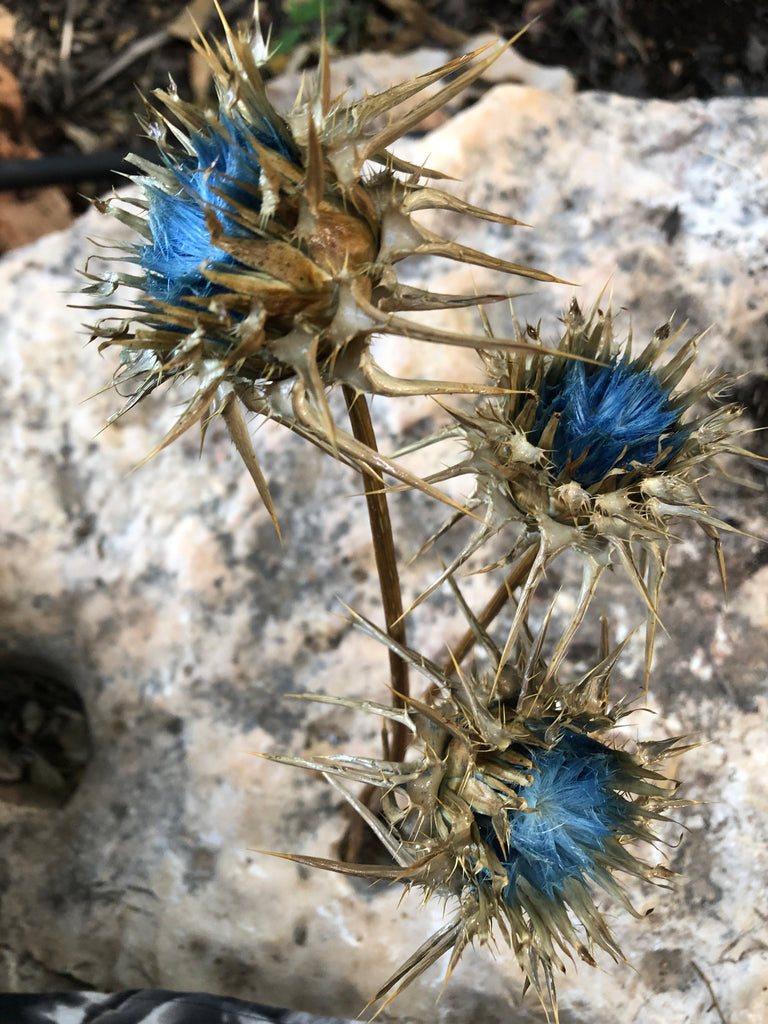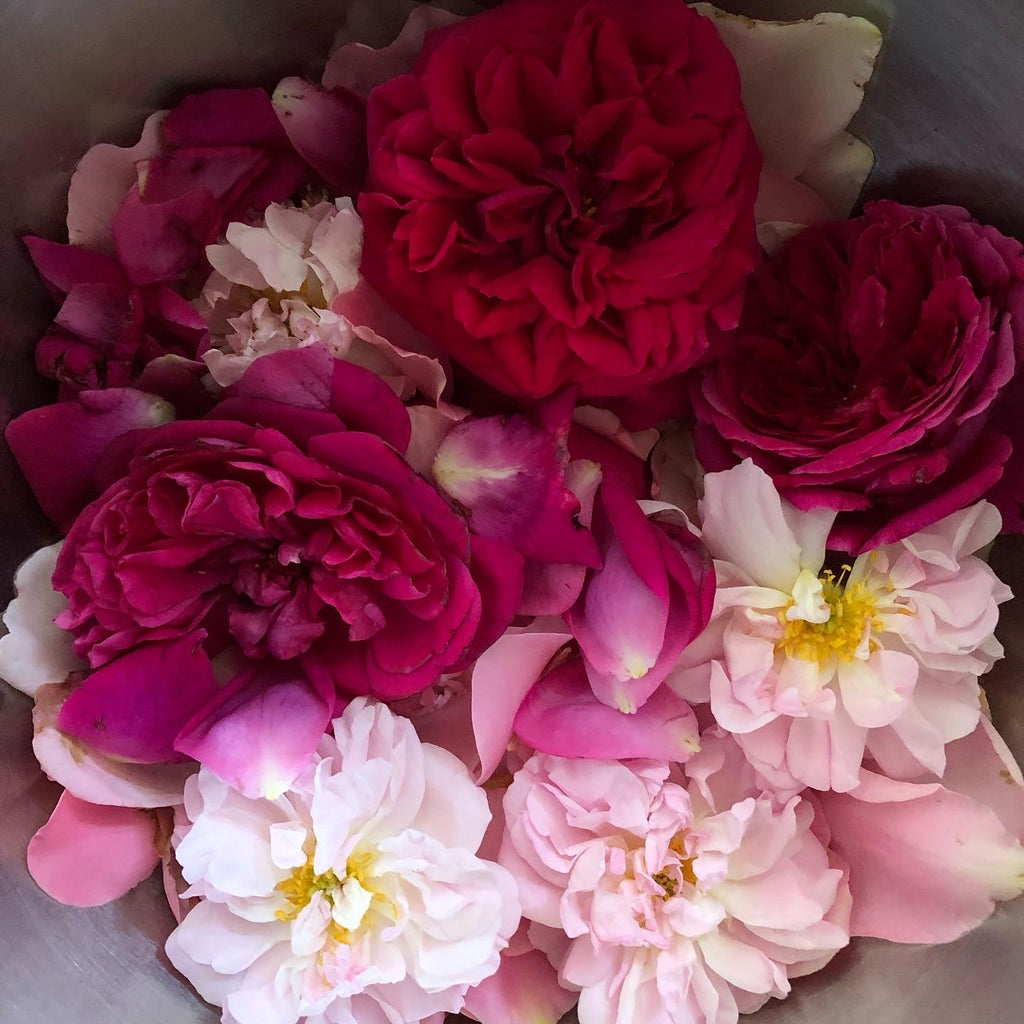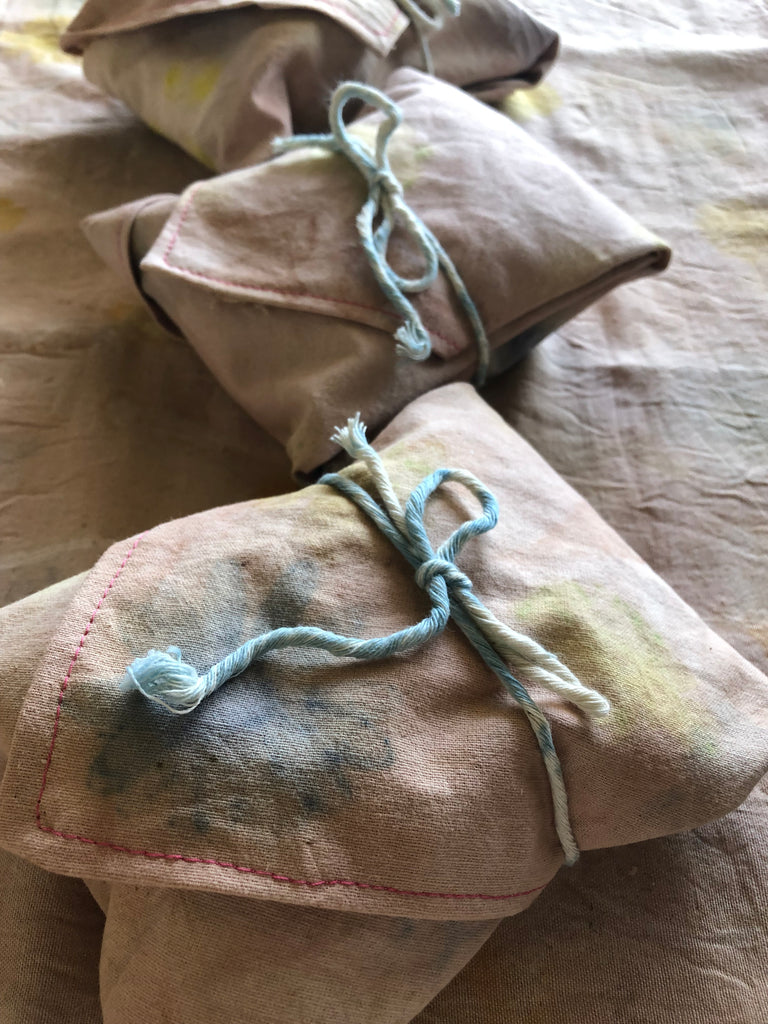Sambac Enfleurage

This week I've started making my first Sambac Jasmine enfleurage. My bush is small and didn't yield so many flowers so far, so I've only incorporated this beautiful flower in my enfleurage melange in previous years.
This year it has a few more flowers, but I'm mostly digging into my mother's garden for flowers, which are especially abundant right now. I've done a few half-trays and even popped in my gardenia flowers, and also some star jasmine flowers... But the main scent for this tray will be sampaquita.
I've always been under the impression that I should only bother with enfleurage for flowers for which I do not have an absolute or essential oil. Turns out I was wrong. It is always a good idea to create enfleurage for whichever flowers you have in abundance and that yield good results from this unique extraction. The reason being that enfleurage gives a different fragrance profile than essential oil or absolute extraction. Because the flowers "keep living" on the tray, they keep morphing and changing and so does their scent. For some flowers, the scent intensifies (see: Tuberose). For others, it creates a true representation of the fresh flowers (i.e. Hyacinth, sweet pea and narcissus). For example, in Jasmine Grandiflorum, the indole really intensifies on the tray, which is for better or for worse (indole is responsible for the faecal and animal facet in jasmine, which is essential to its character, but can be a bit too dirty to many people). In the case of Jasmine Sambac, it brings out the peachy, laconic, peachy aspects and makes it oh so yummy. The methyl anthranilate also contributes to its fruity-floral character.

An interesting thing that happens with jasmine sambac, is that it turns purple as it ages. I'm still trying to figure out what is the reason for that. My suspicion is that it is the result of the breakdown of the nitrile compounds in the jasmine. Methyl anthranilate, specifically, contains nitrogen (its chemical formula is C8H9NO2). It does not happen in jasmine grandiflorum, which just turns cream or tawny-brown colour when it dries.

